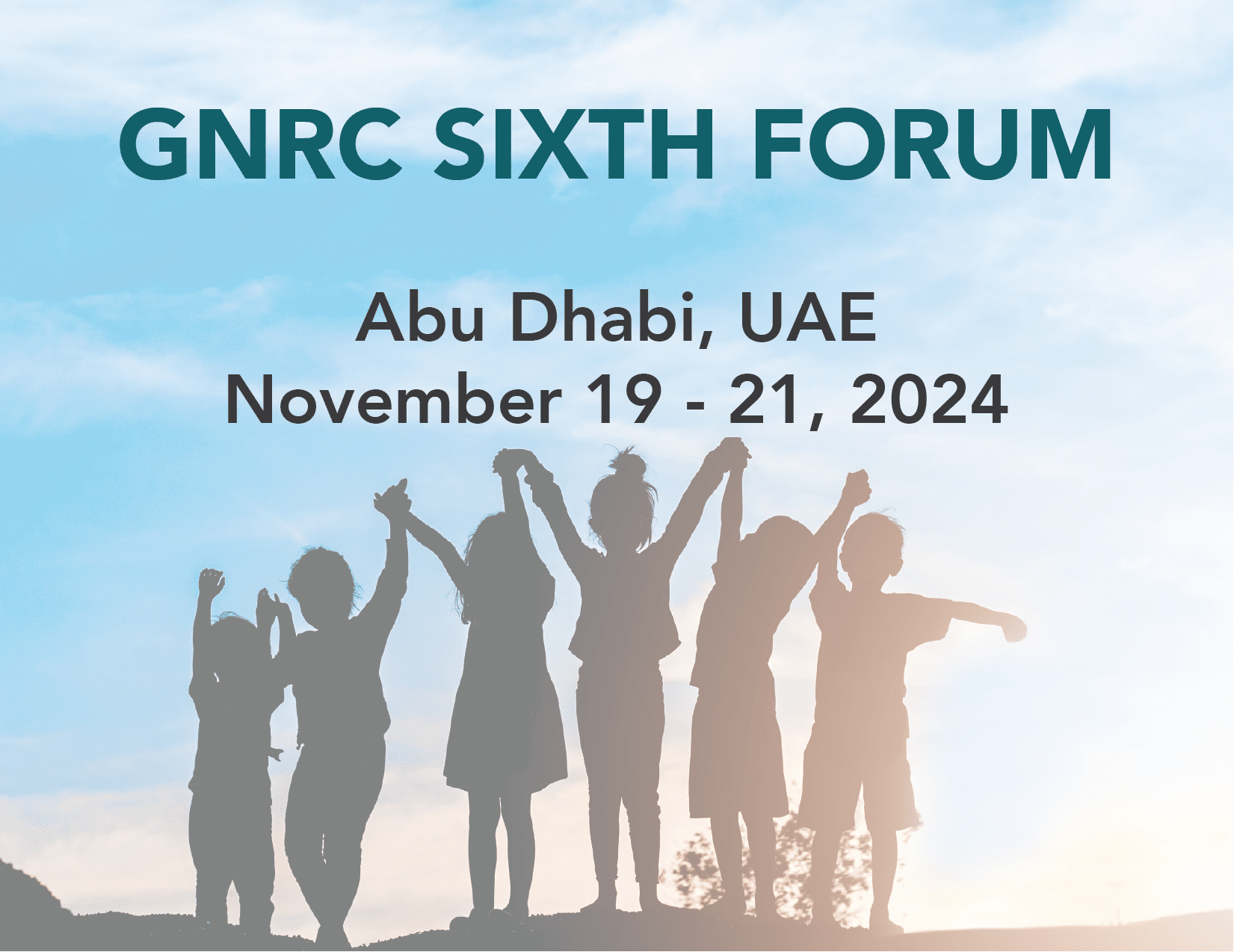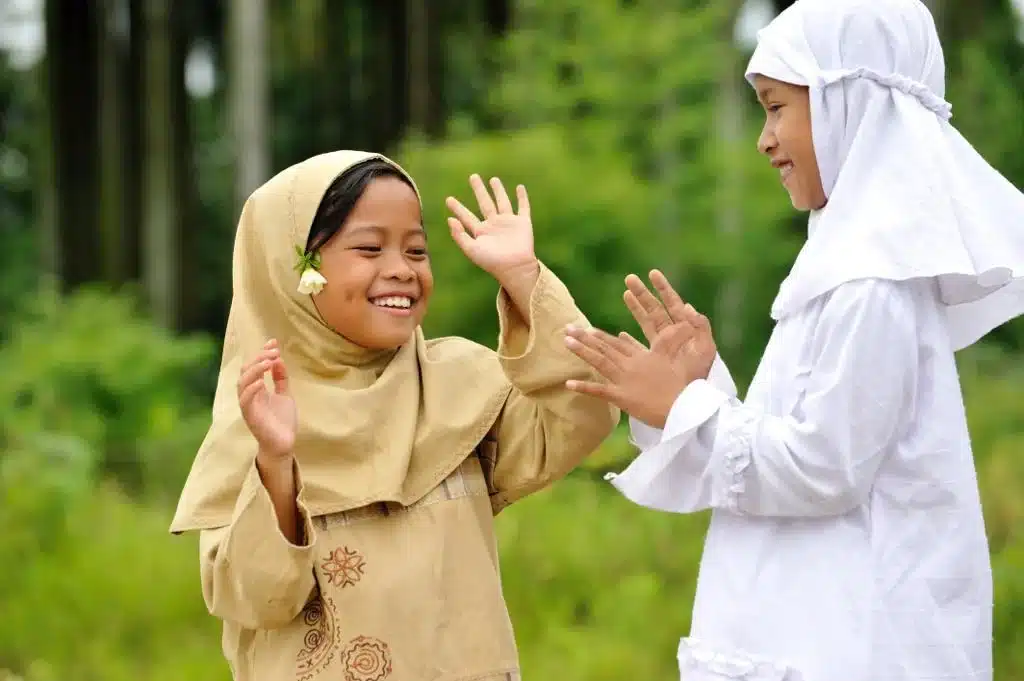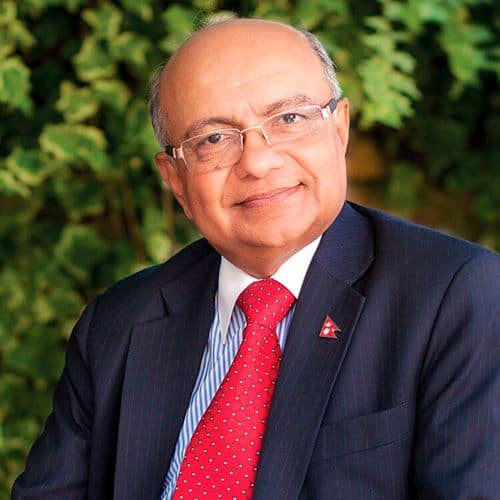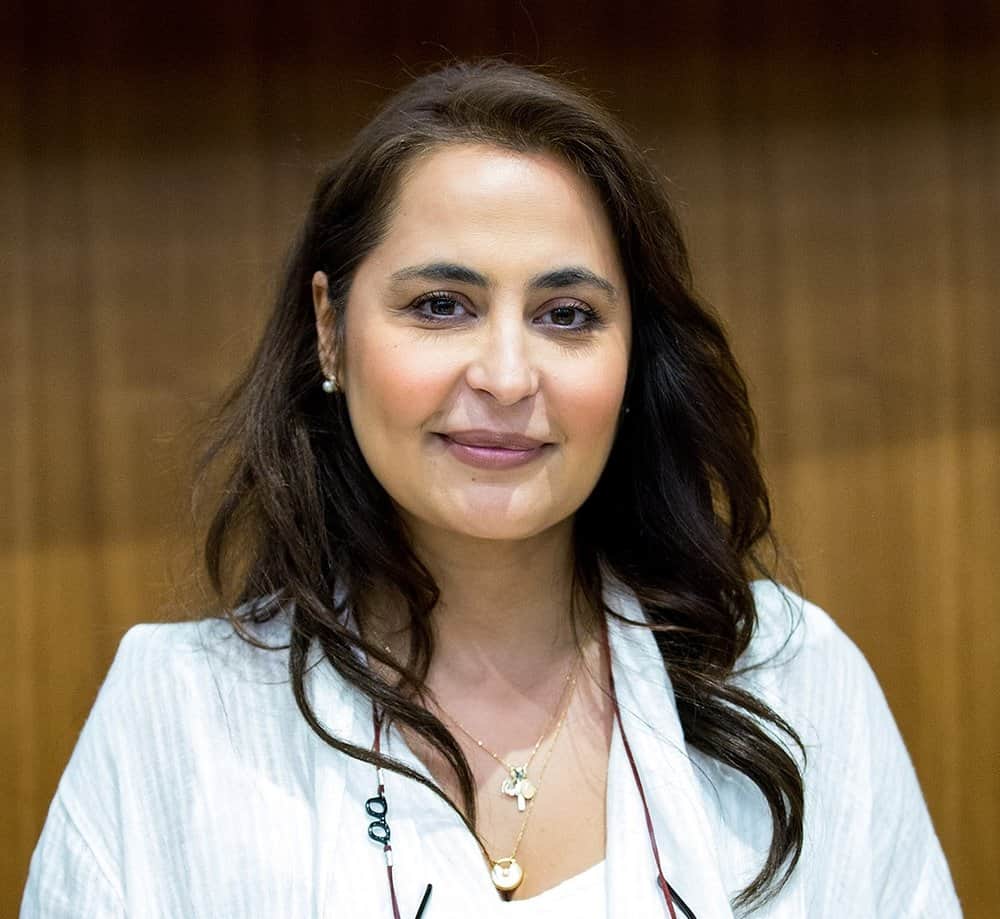GNRC Country Communications Associate, Pakistan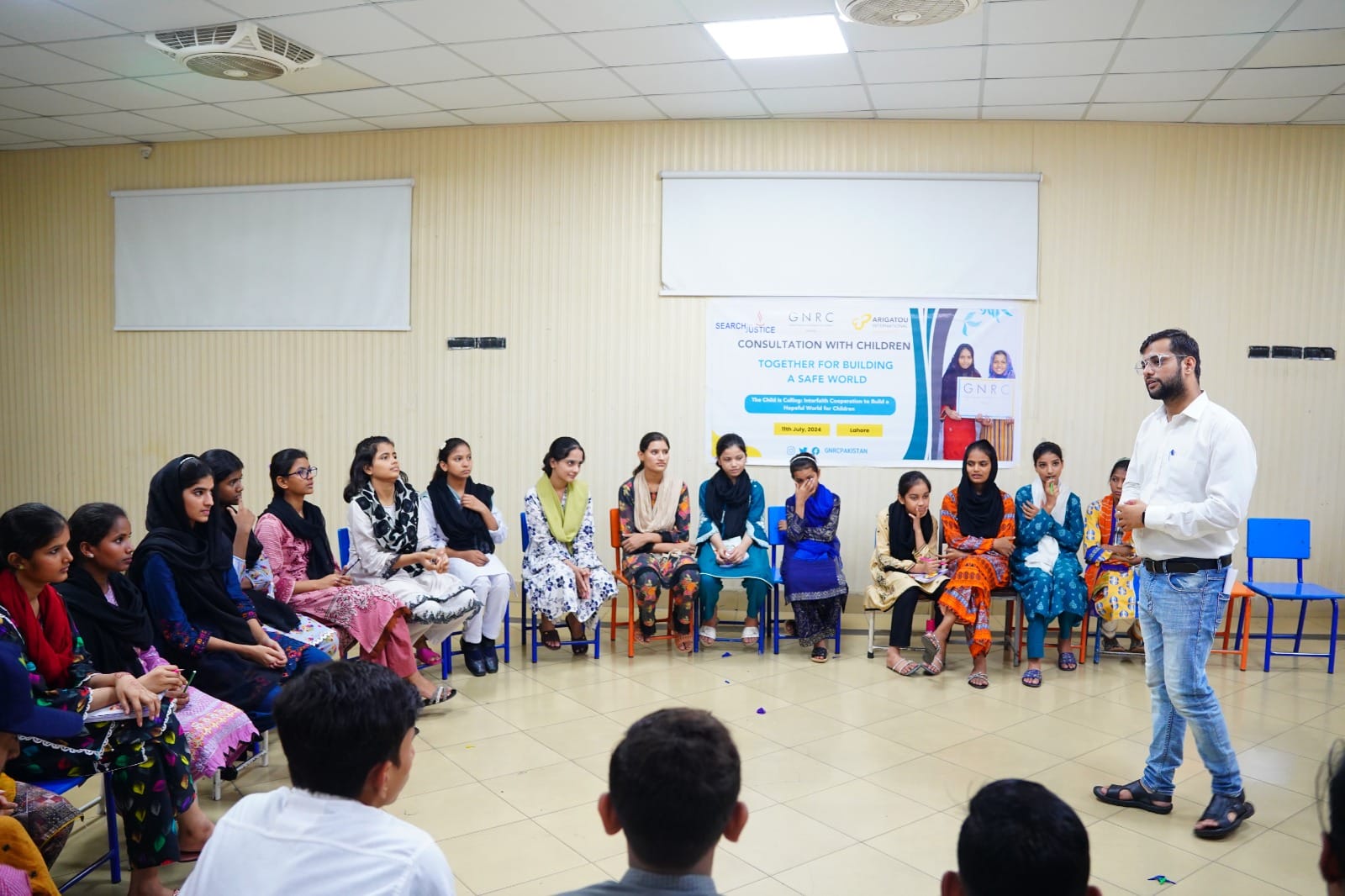
Children in conflict zones worldwide face numerous challenges that severely impact their physical, emotional, and psychological well-being. The risk of injury or death due to violence is a constant threat, as children may be directly targeted or caught in the crossfire. Displacement is another critical issue, forcing families to flee their homes and leaving children without access to education, healthcare, and other essential services.
Over 460 million children are living in conflict zones worldwide. The psychological trauma experienced by children in conflict zones cannot be elaborated. Witnessing violence, losing family members, and seeing one’s home and community destroyed leaves deep emotional scars. In many cases, children are forcibly recruited into armed groups, where they are used as soldiers, porters, cooks, or even human shields, exposing them to further violence and abuse. The interruption of educational systems means that schools often close, depriving children of quality education and affecting their long-term development and future opportunities.
Healthcare access is another significant challenge, as conflict zones often lack sufficient medical services. Children are at increased risk of death, disease, malnutrition, maiming and untreated injuries. Sexual violence, particularly against girls, is another common issue, leading to severe physical and psychological harm and long-term social stigma. Additionally, displaced and vulnerable children are more susceptible to exploitation and abuse, including trafficking, forced labor, and early marriage.
The role of the United Nations, particularly through the United Nations Convention on the Rights of the Child (UN CRC), is to ensure the protection and promotion of children’s rights worldwide, including in conflict zones. However, despite the comprehensive framework provided by the UN CRC, the chaotic nature of conflicts, lack of governance, and presence of armed groups often hinder the enforcement of children’s rights in conflict zones. Additionally, monitoring and holding violators accountable is difficult due to limited access, security concerns, and the complexities of international law. Political constraints and resource limitations further exacerbate the situation, as geopolitical dynamics and funding shortages often influence the UN’s responses. Various examples, such as those in Syria, Yemen, and South Sudan, highlight the widespread violations of children’s rights, including recruitment of child soldiers, lack of access to education and healthcare, and exposure to violence and exploitation.
In my opinion, the recruitment of child soldiers, lack of access to education, inadequate healthcare, violence, and exploitation are blatant violations of the UN CRC, specifically articles 38, 19, 6, and 34, among others. Article 38 clearly prohibits the involvement of children in armed conflicts, while Article 19 ensures their protection from all forms of physical and mental violence. Article 6 emphasizes every child’s inherent right to life, survival, and development, and Article 34 safeguards children from all forms of sexual exploitation and abuse. These violations, seen in several conflict zones, underscore the urgent need for the UN to take more robust and effective measures to enforce these rights and protect vulnerable children.
Despite these obstacles, the UN continues to play a critical role through various agencies and programs. UNICEF provides emergency assistance and advocates for children’s rights, while UNHCR focuses on displaced children. The Office of the Special Representative for Children and Armed Conflict works to end the recruitment of child soldiers and other grave violations. However, the effectiveness of these efforts often depends on the cooperation of national governments and local authorities, which can be ‘incompatible’.
The GNRC Sixth Forum that will take place in Abu Dhabi from November 19 to 21, 2024 will play a pivotal role in addressing the challenges faced by children in conflict zones. With its theme “The Child is Calling,” the Forum will bring together stakeholders, including religious leaders, policymakers, child rights advocates, and representatives from international organizations. Moreover, the Forum’s strategic location in the UAE, a hub for international diplomacy and interfaith dialogue, will further enhance its potential for impactful discussions and solutions.
The GNRC Sixth Forum will explore three subthemes: Safe, Secure, and Sustainable, which reflect the approach needed to protect and promote the rights and well-being of children in conflict zones all over the world. Safety ensures children access essential services such as education, healthcare, and shelter, while security focuses on creating environments where children are protected from violence, exploitation, and abuse. Sustainability is about building long-term solutions that ensure the well-being of children beyond immediate conflict situations.
The Forum will also focus on strengthening partnerships between religious organizations, NGOs, and multilateral bodies like the UN. These partnerships are crucial for coordinating efforts and enhancing the impact of interventions aimed at protecting children in conflict zones. By fostering collaboration among different stakeholders, the GNRC Sixth Forum hopes to ensure a more unified and effective approach to addressing the complex challenges faced by children.
Collective international efforts are required to safeguard children and, by extension, the world. Our children and all future generations deserve a safer, more secure, and sustainable world. The international community must come together to uphold the principles enshrined in the UN CRC and work towards creating an environment where children can thrive and reach their full potential. Through coordinated action and a shared commitment to children’s rights, we can and must build a better future.


